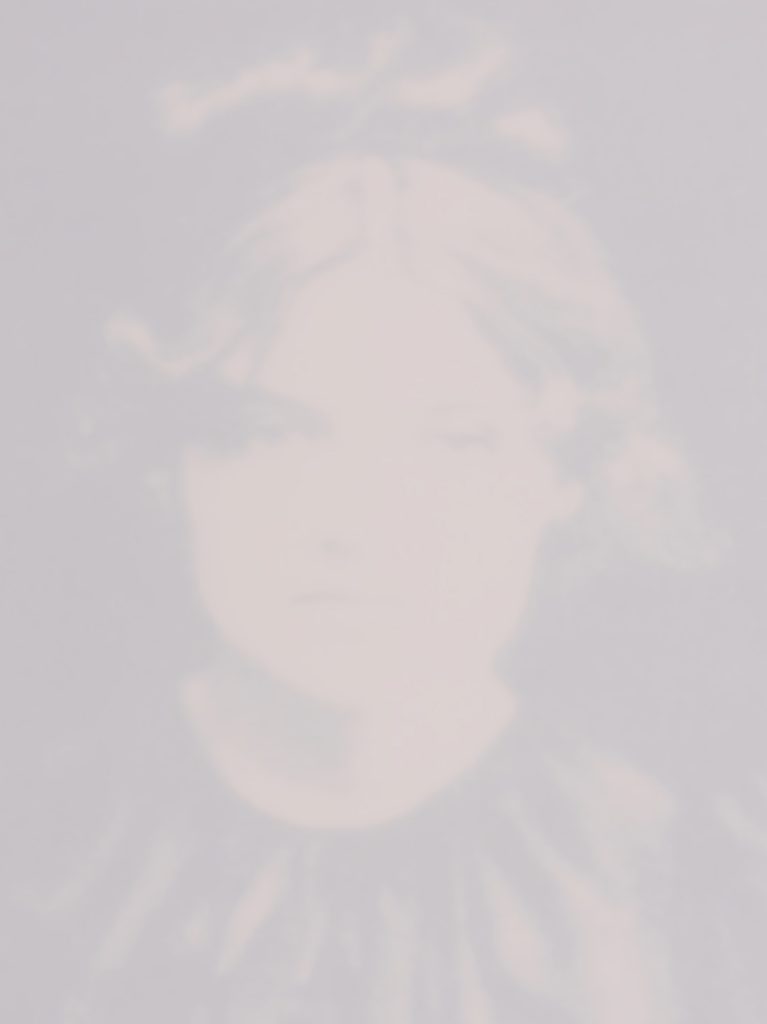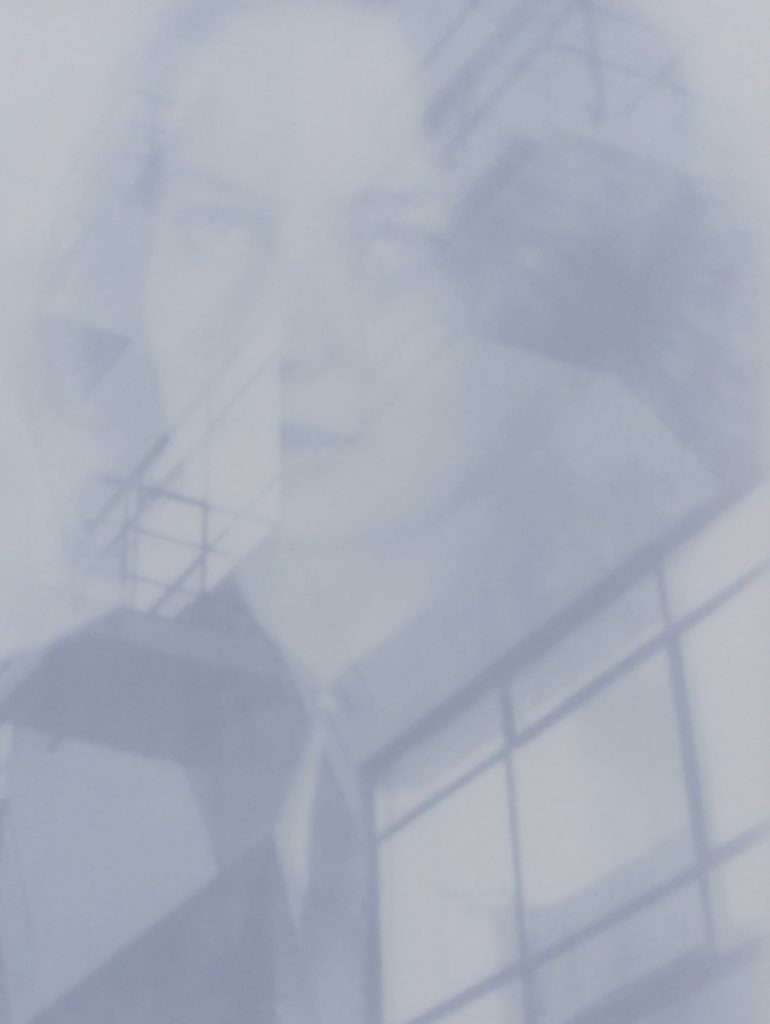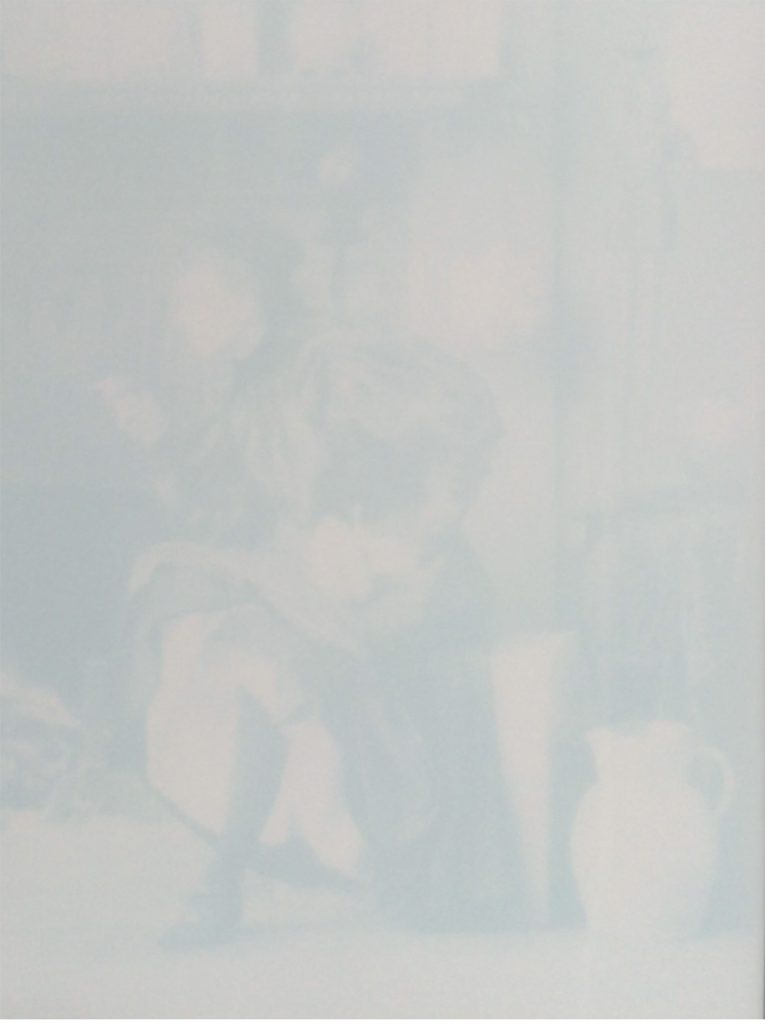RE-WRITING HISTORY: Resurface II
scan auf dibond, 2019-ongoing
The project Resurface I-III devotes itself to female artists of the 19th and 20th century who, although successful in their own lifetimes, are not present in the global memory today.
Resurface I lets re-emerge the portraits of forgotten women artists of the 19th and 20th centuries. Based on Linda Nochlin’s famous essay „Why Have There Been No Great Woman Artists“ (1971), the project examines whether there really have been no excellent international women artists – except for famous positions such as Frida Kahlo or Käthe Kollwitz. Women of that time, if they wanted to pursue an artistic career, were exposed to extremely difficult conditions. In the course of Johanna Reich’s research in various museums, collections and archives, a collection of 400 female artists of the 19th and 20th centuries was created.
The artists located in various archives are gradually appearing on the Internet due to progressive digitization, or Johanna Reich’s team has put them online on Wikipedia or expanded already existing articles. They thus infiltrate the image of 19th and 20th century art history shaped by male artists and pose the question of how historiography has changed in the post-digital age: while it used to be fixed by books, it is now generated by the Internet, which on the one hand can harbor the danger of a filter bubble, and on the other hand makes a great democratization possible – and calls the familiar into question.
In order to make the brief moment of “resurfacing” visible, Johanna Reich makes polaroid portraits of the female artists and films the picture development process with a digital camera.


„Resurface II“ is dedicated to the more successful of the underrated women artists, so to speak, whose oeuvres are museumized and recognized but still not adequately represented. They have not “completely disappeared”, in many cases you can even find a larger website of these artists or individual works in well-known museums. They seem to be aware but in a kind of translucent presence.
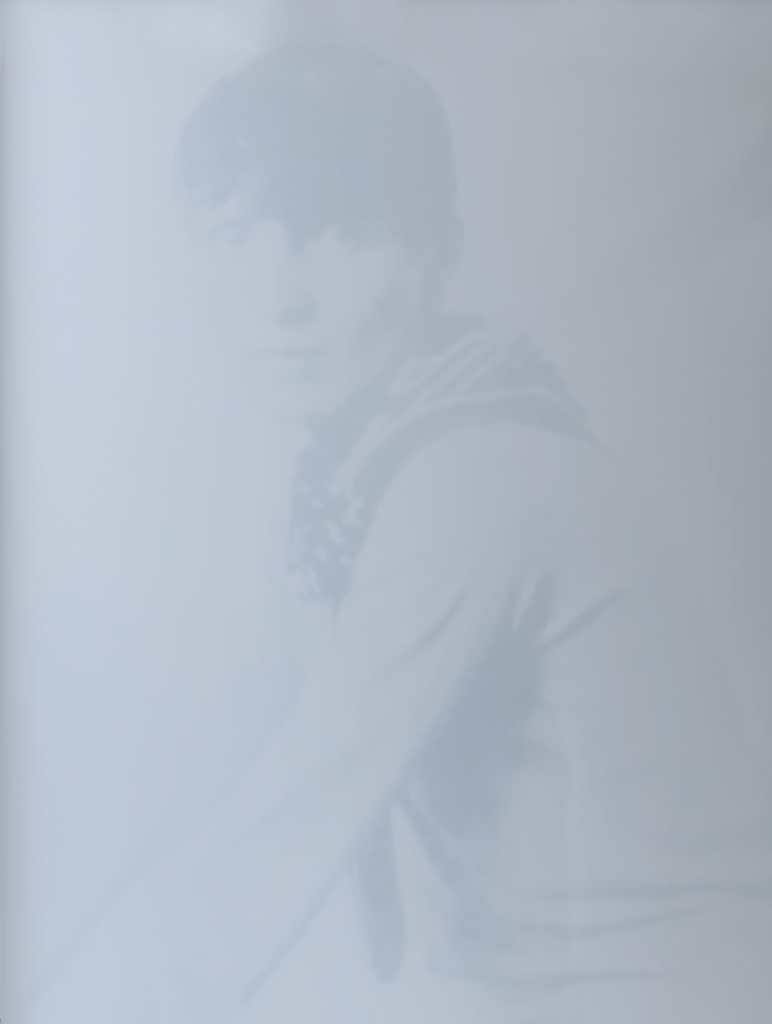


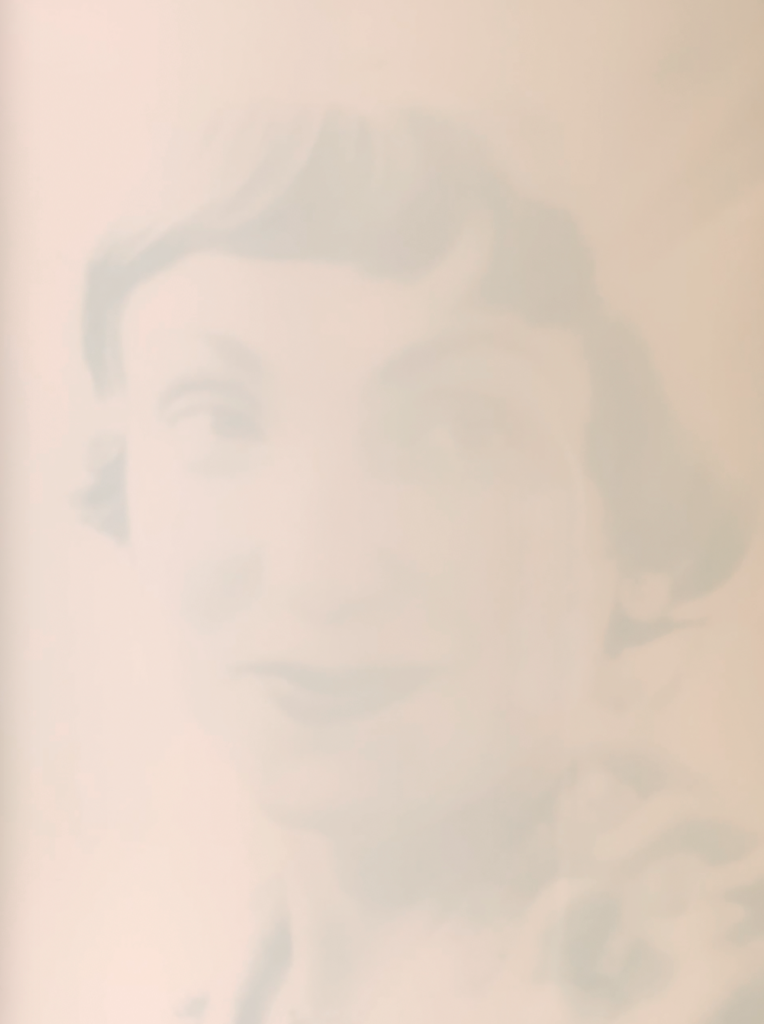

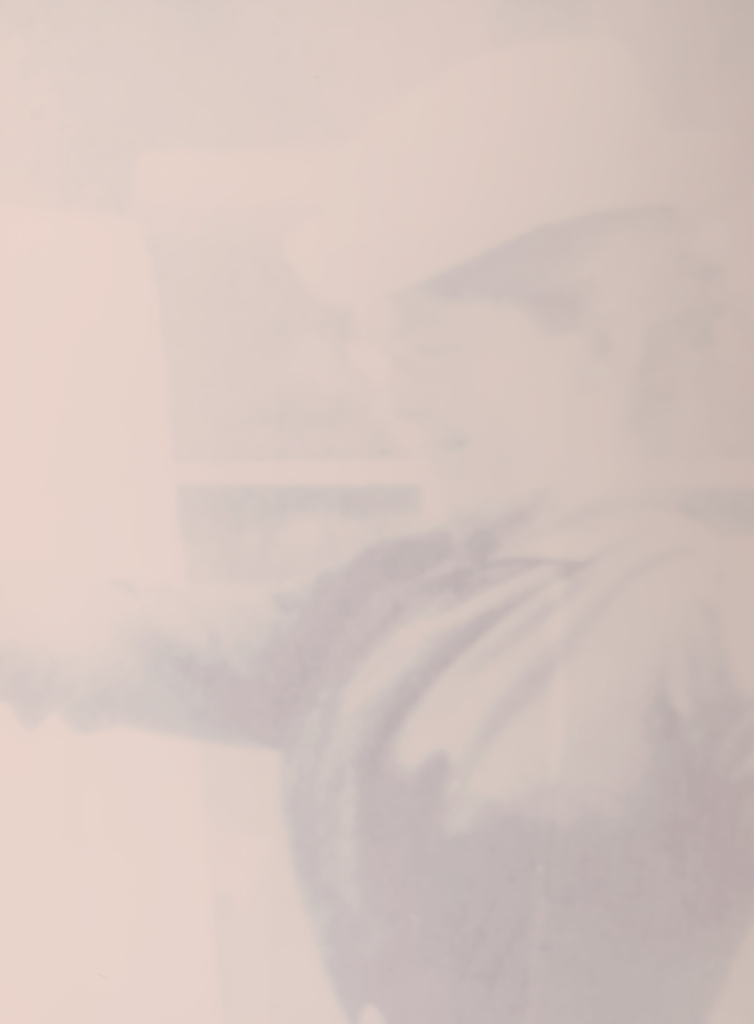
For this part of the project, Johanna Reich has developed her own technique, which she calls SCAN_LIGHTINGS: she takes the portraits of selected women artists via Polaroid and scans them in the moment of development. During the photo development process, this captures nuances of color that can only be seen during the development process. These images, created in a special moment within the cycle between digital and analog, are presented in large format in the exhibition. The blurriness created by the scanning process makes them appear like paintings.
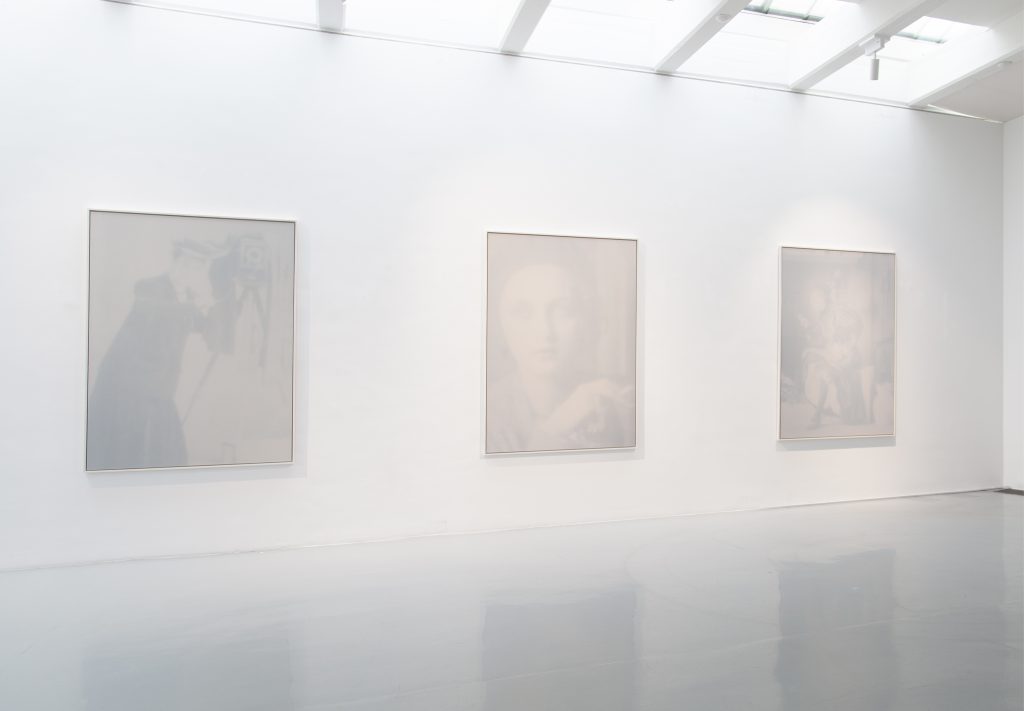
Im Projekt „Resurface I-III“ lässt Johanna Reich die Portraits von vergessenen Künstlerinnen des 19. und 20. Jahrhunderts wieder auftauchen.
Ausgehend von Linda Nochlins berühmtem Essay “Why have there been no great Woman Artists” (1971) untersucht der erste Teil des Projekts (https://johannareich.com/project/home-works-resurface/), ob es wirklich keine excellenten internationalen Künstlerinnen des 19. und 20. Jahrhunderts gab – ausser berühmter Positionen wie Frida Kahlo oder Käthe Kollwitz. Frauen der damaligen Zeit waren, wollten sie eine künstlerische Laufbahn einschlagen, extrem schwierigen Rahmenbedingungen ausgesetzt. Im Laufe von Johanna Reichs Recherche in verschiedenen Museen, Sammlungen und Archiven entstand eine Sammlung von 400 Künstlerinnen des 19. und 20. Jahrhunderts, die zu ihrer Zeit erfolgreiche und eigenständige Kunstpositionen vertraten, im Laufe der Geschichte aber in Vergessenheit gerieten.
Die in verschiedenen Archiven ausfindig gemachten Künstlerinnen tauchen durch die fortschreitende Digitalisierung nach und nach im Internet auf bzw. wurden von Johanna Reichs Team auf Wikipedia online gestellt bzw. schon existierende Artikel erweitert. Sie unterwandern so das durch männliche Künstler geprägte Bilder der Kunstgeschichte des 19. und 20. Jahrhunderts und stellen die Frage danach, wie sich Geschichtsschreibung im Postdigitalen Zeitalter verändert hat: wurde sie früher durch Bücher fixiert, so wird sie heute durch das Internet generiert, was auf der einen Seite die Gefahr einer Filterbubble in sich bergen kann, auf der anderen eine große Demokratisierung ermöglicht – und Bekanntes in Frage stellt.
„Resurface II“ ist den sozusagen erfolgreicheren der unterschätzten Künstlerinnen gewidmet, deren Oeuvres zwar musealisiert und anerkannt, aber noch immer nicht angemessen repräsentiert sind.
Für diesen Teil des Projekts hat Johanna Reich eine eigene Technik entwickelt, die sie SCAN_LIGHTINGS nennt: sie nimmt die Portraits ausgewählter Künstlerinnen per Polaroid auf und scannt sie im Augenblick der Entwicklung ein. Während der Foto-Entwicklung werden so Farbnuancen festgehalten, die nur während des Entwicklungsprozesses zu sehen sind. Diese Bilder, in einem besonderen Moment innerhalb des Kreislaufs zwischen digital und analog entstanden, werden in der Ausstellung großformatig präsentiert. Die Unschärfe, die durch den Scanprozesses erwirkt wird, lässt sie wie Gemälde erscheinen.






